Cameras:
One of the most commonly used cameras for shooting movies is the Arrival Alexa Mini. Favoured for its portability, modular form and durability. It uses an Alex III Sensor which shoots in 28.25mm x 18.17mm.
Lenses:
The inside of spherical lenses are made up of many pieces of curved glass, called elements. Spherical lenses are called spherical because their elements are circular. When light passes through the lens elements and hits the digital sensor it produces a regular, uncompressed image. The elements at the back of a anamorphic lens are regular spherical elements, but the the elements at the front of the lens appear oval rather than circular when looked though. This produces a squeezed image when light reaches the sensor, which is then reversed through editing. Anamorphic lenses provide a widescreen aspect ratio as a result, while traditional spherical aspect ratios are more square, most commonly 1.33:1 and 1.85:1. Anamorphic lenses produce a wider aspect ratio such as 2.35: 1 or 2.39:1. Spherical lenses produced spherical bokeh, while anamorphic produce oval shaped bokeh. Spherical lenses use led glass, simpler mechanics and produce sharper images with minimal distortion across the image. Anamorphic lenses have reduced sharpness, increased distortion and falloff, where there is more distortion and softness closer to the edges of the image, and produce more dramatic lens flares.
My Equipment:
For my film I will be using my phone camera for filming. I have an Oppo A54, which contains 4 cameras and shoots in 1080p with 30fps. It is also more portable than the iPad, allowing for me to make faster and more smooth camera movements than if using a tripod that can hold the iPad. I will also be using a Hohem ISteady mobile phone gimbal. This is will serve as a steadicam for my phone, allowing for the footage to be more steady, and movements to be more smooth. It will also allow for more fast movements such as pans, crabs and dolly’s, tracking shots. However, to ensure that I can keep control of focus and exposure, I will be using FilMacPro. This will prevent obvious focus pulls or faulty exposure, making for proper lighting and focus on what is important in frame. Even though I do not plan on including any focus pulls in the film, it will still prevent any moment where the camera struggles to focus on something in frame being in the final film.
Lighting:
There are many ways that lighting can be made to work how the filmmaker wants it via homemade methods. For example, bin bags can double as negative fill. Paper can create light diffusion and mirrors can be used to bounce light. For my film, I plan on using a bedsheet to diffuse the natural light coming into the office and the garden to soften the shadows and the contrast. It will soften the sunlight’s intensity and even out the shadows in frame, to give the office a more cool and dull feeling, like it is devoid of brightness and life, metaphorically, represented through the visuals.

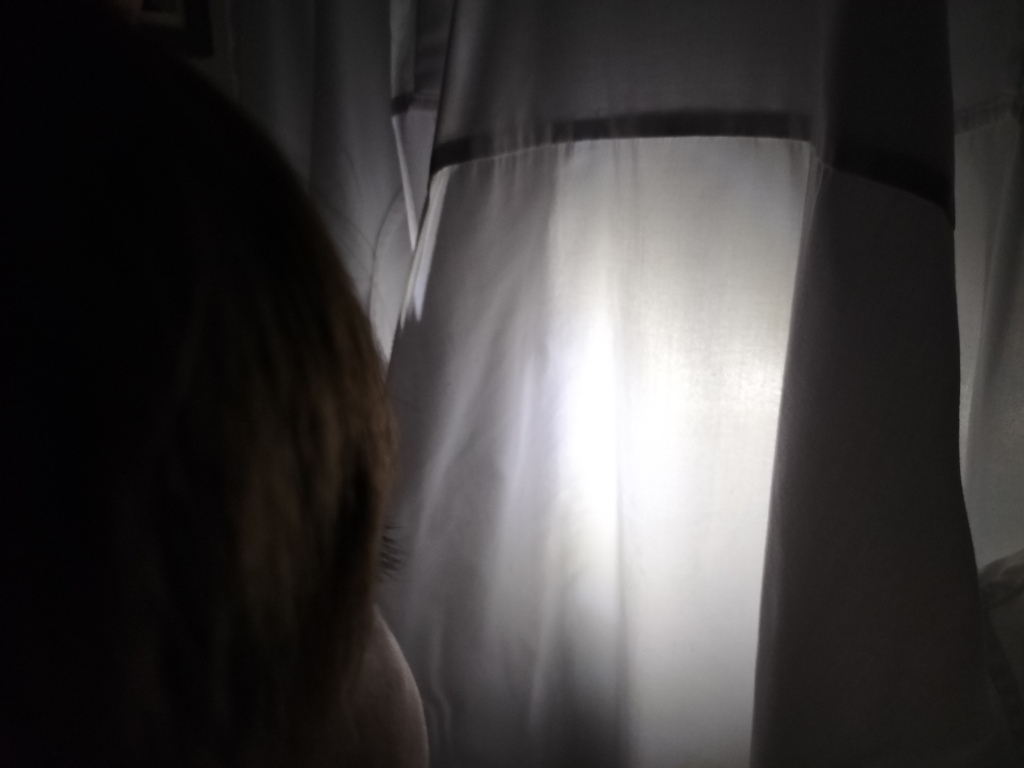
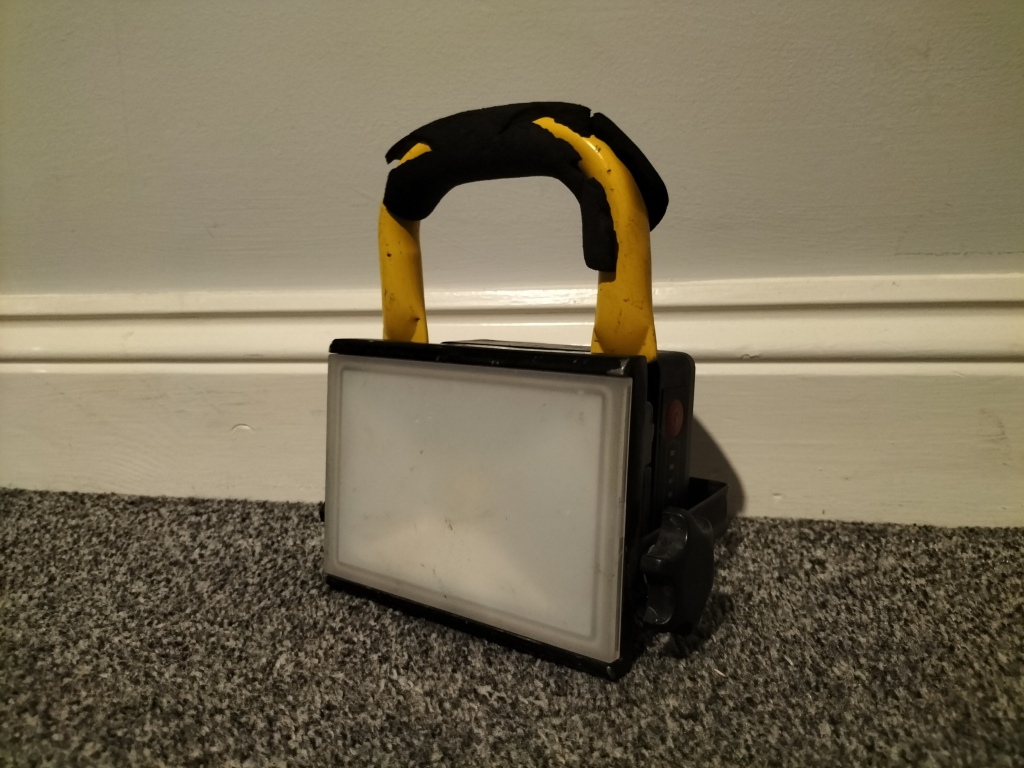
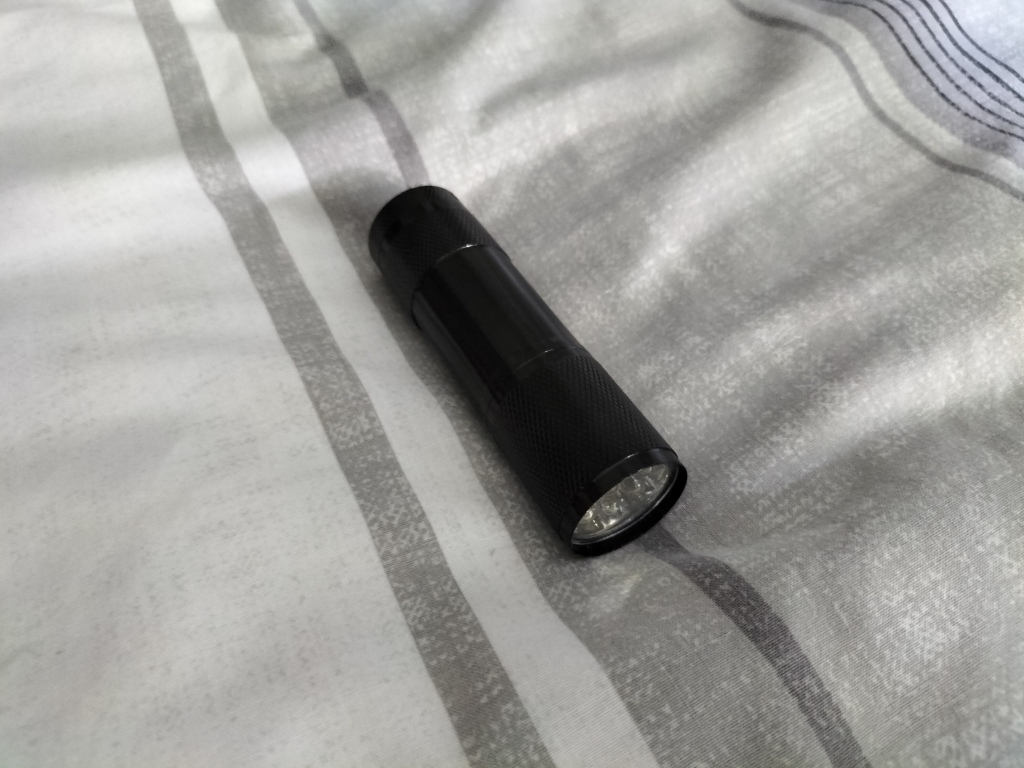
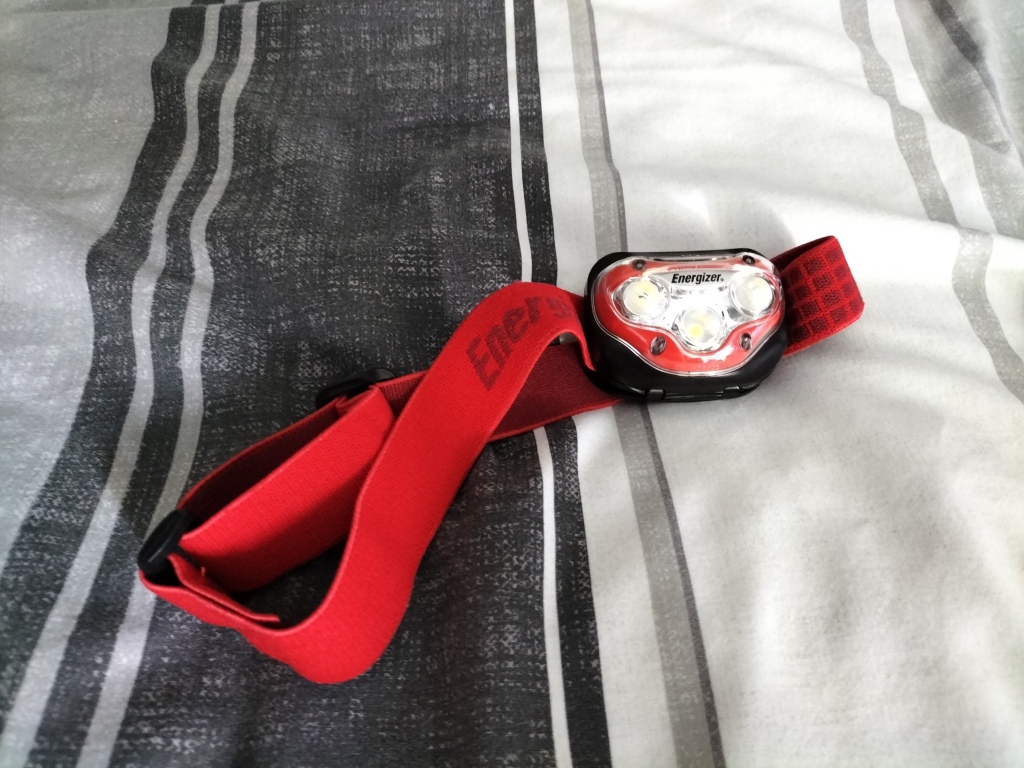
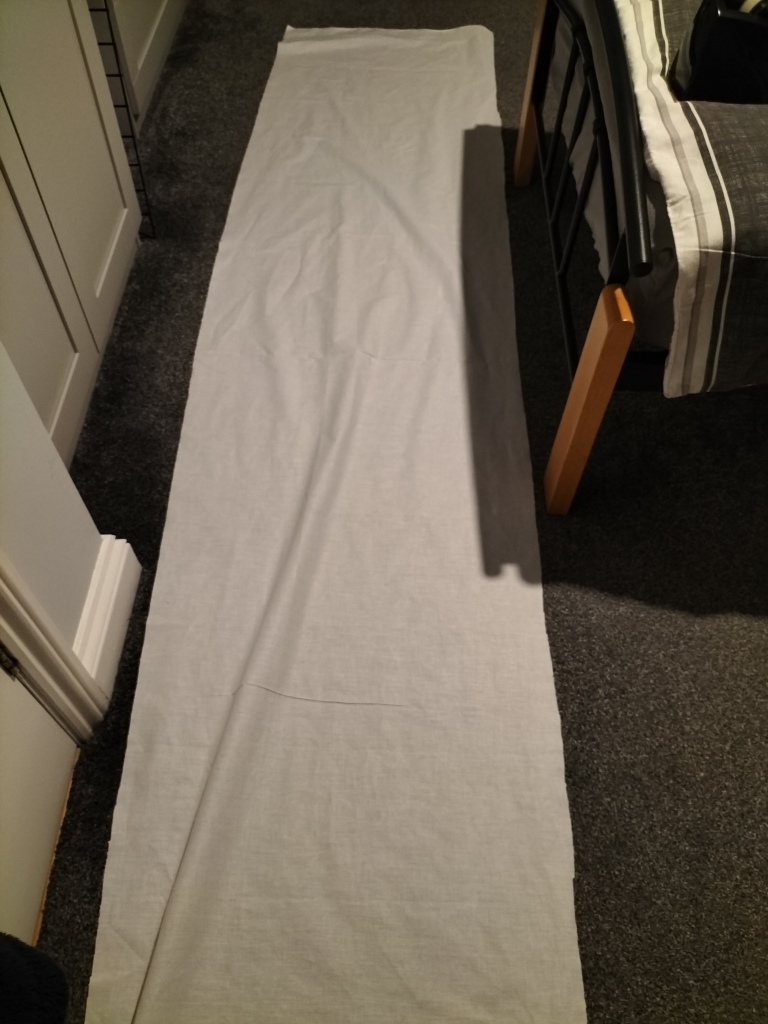
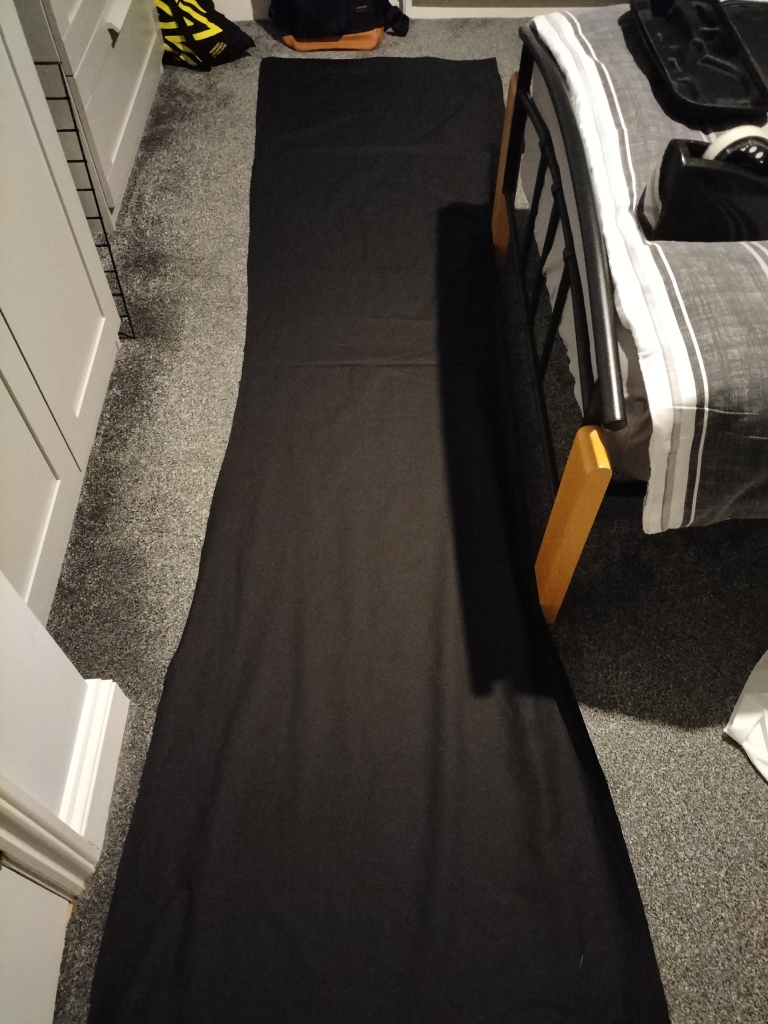
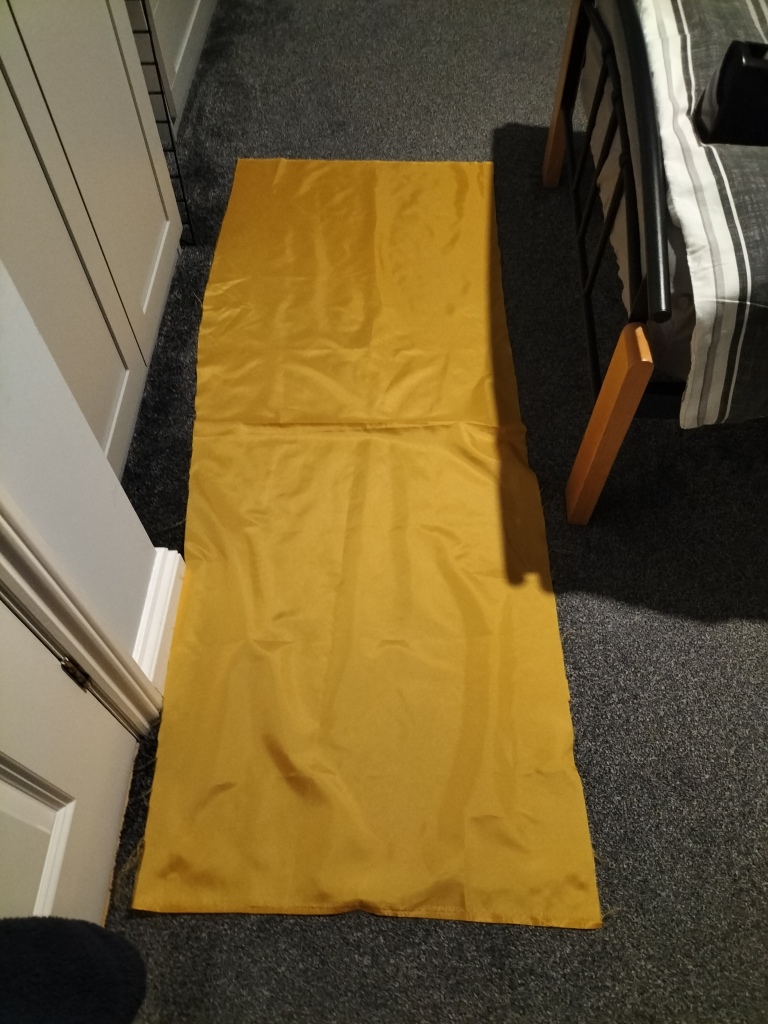
Camera:
For my film, I will include both stationary and mobile shots, so will be using different equipment to achieve these movements and angles.
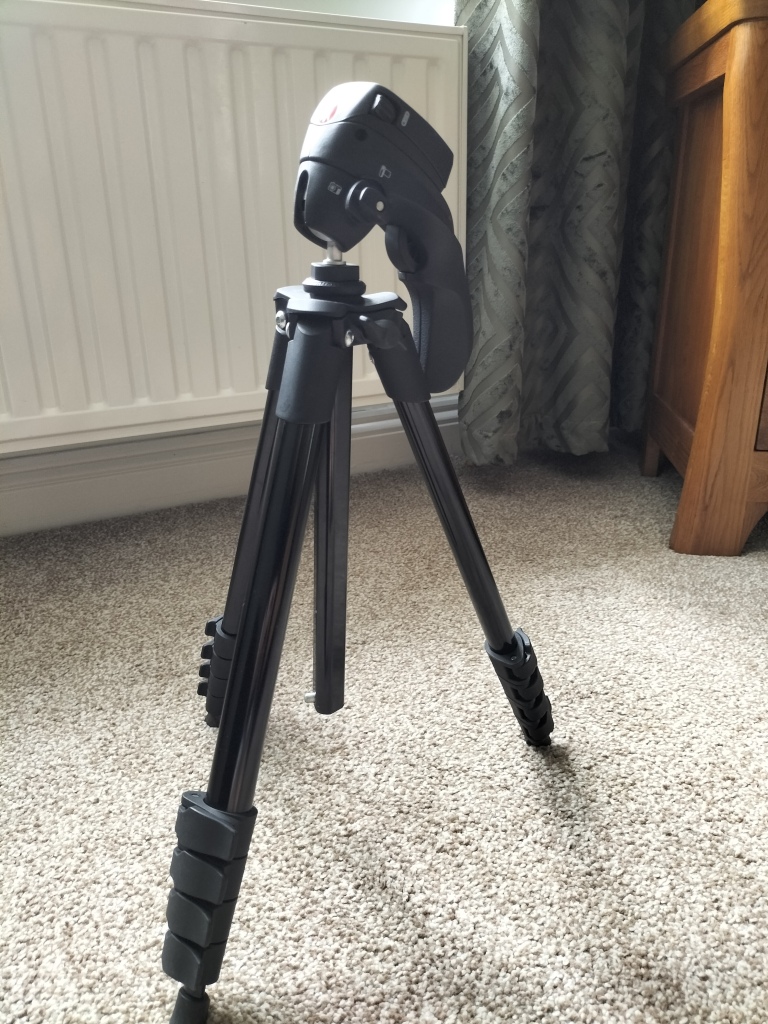
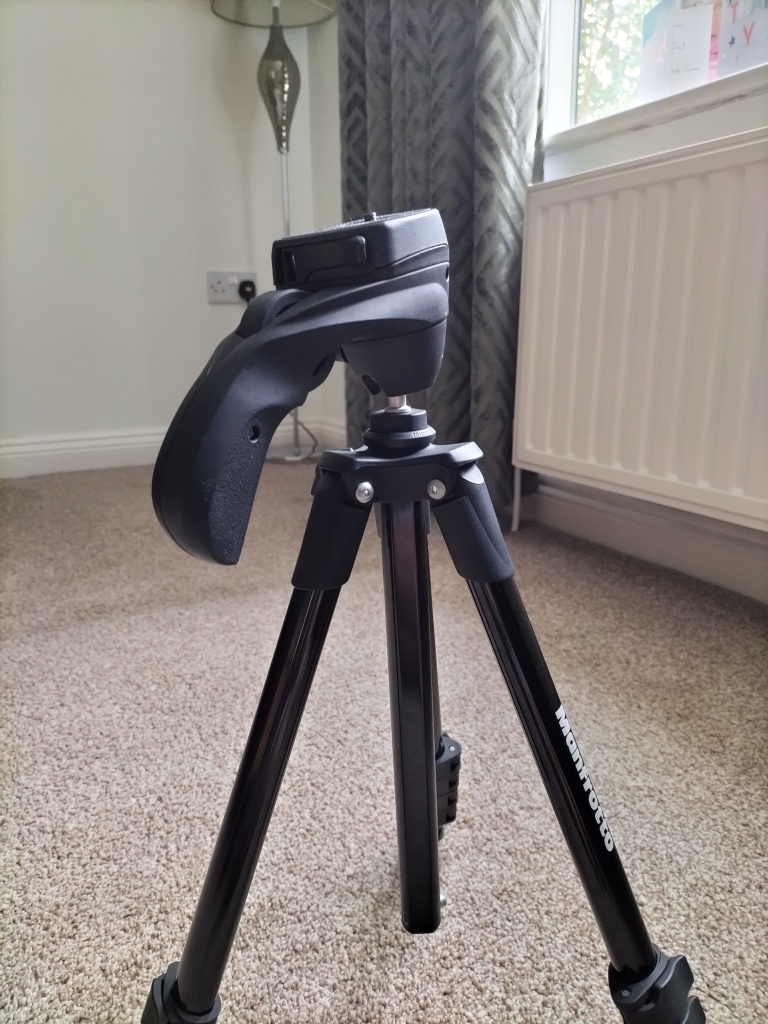
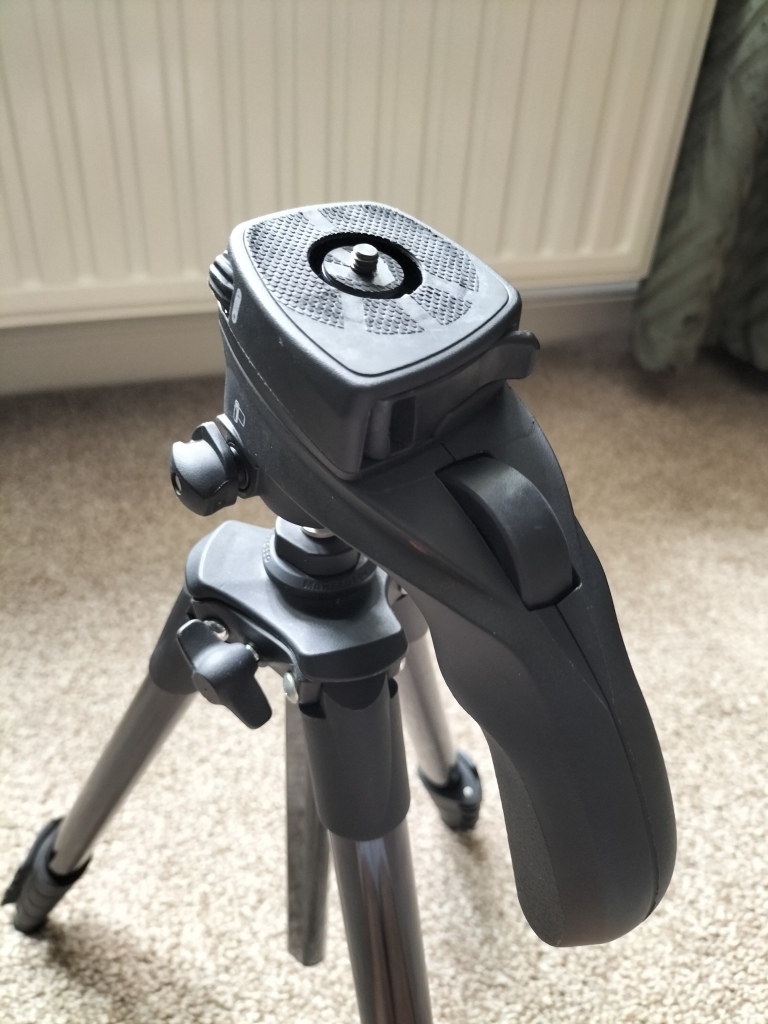
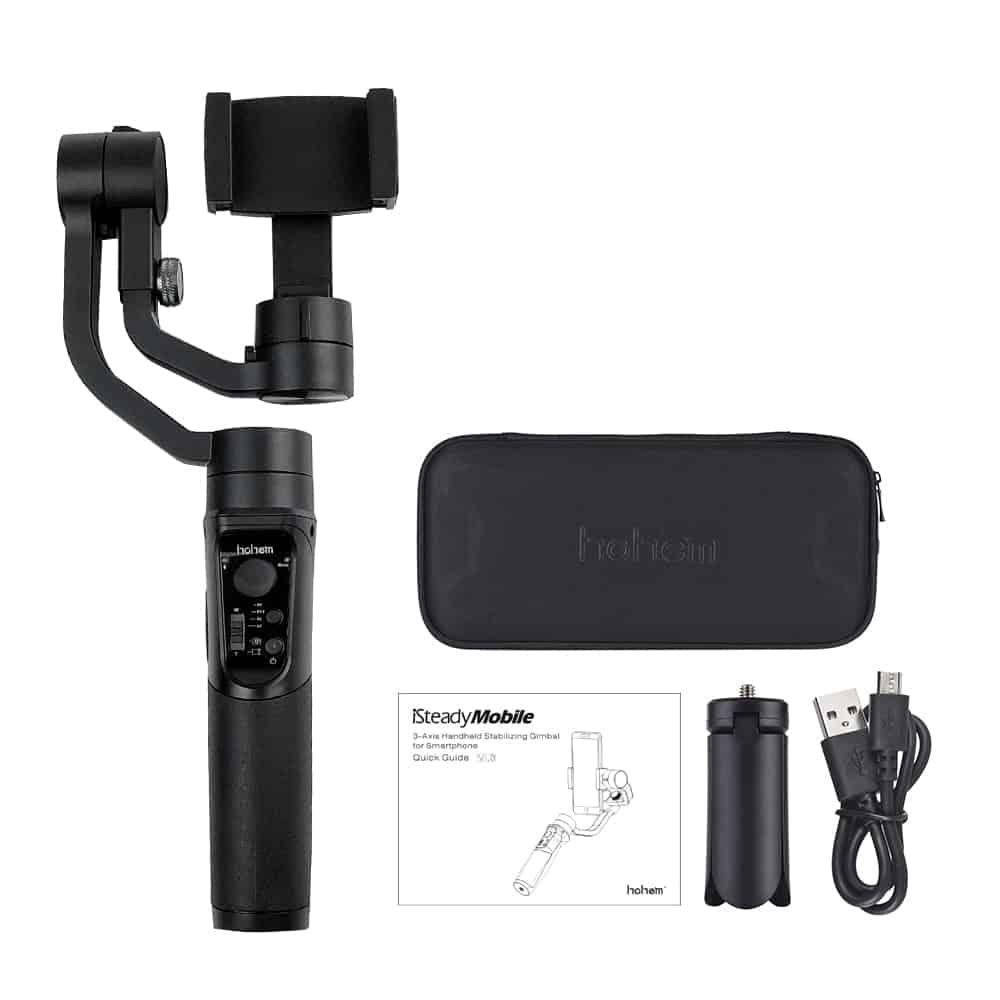

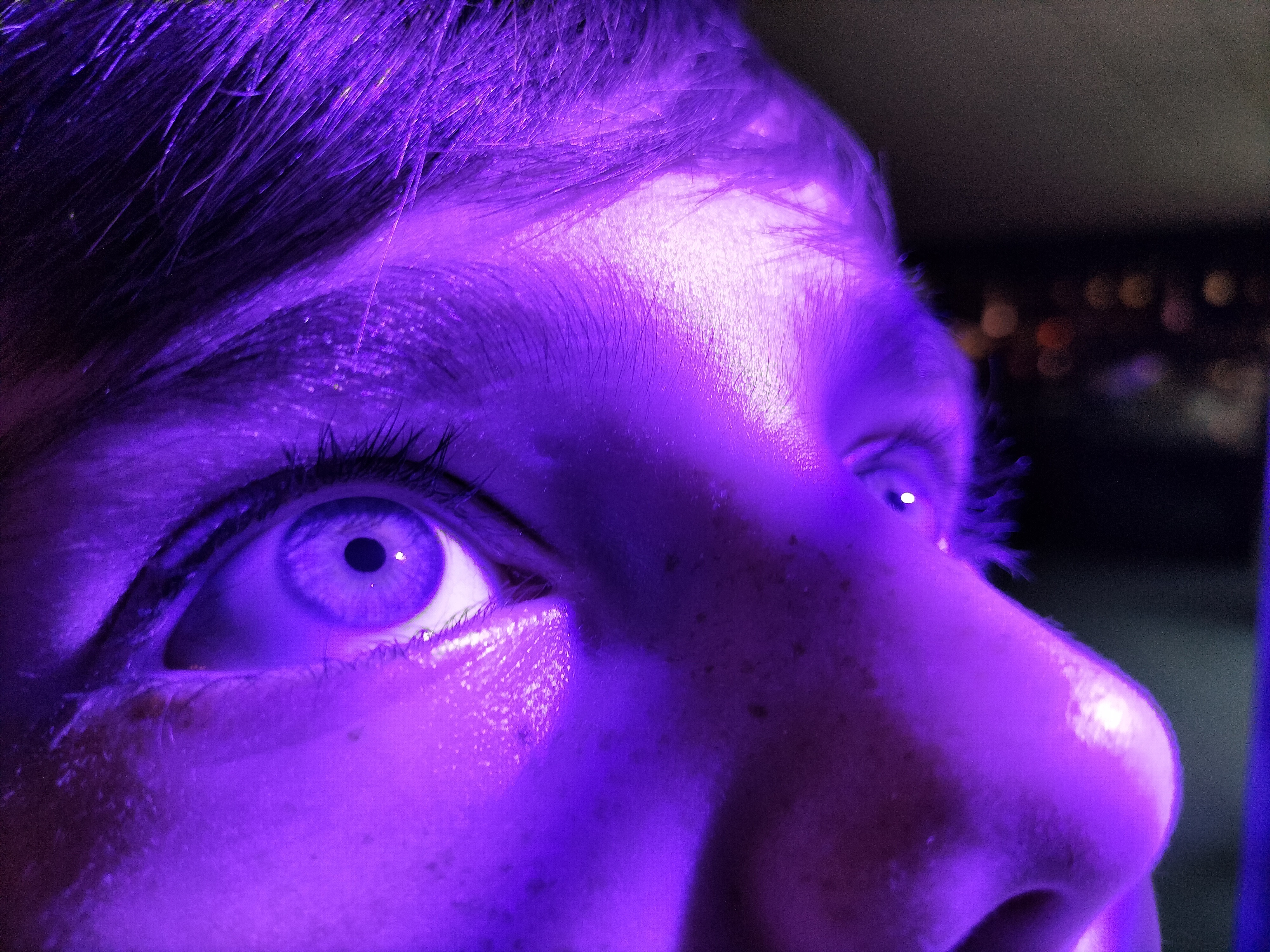
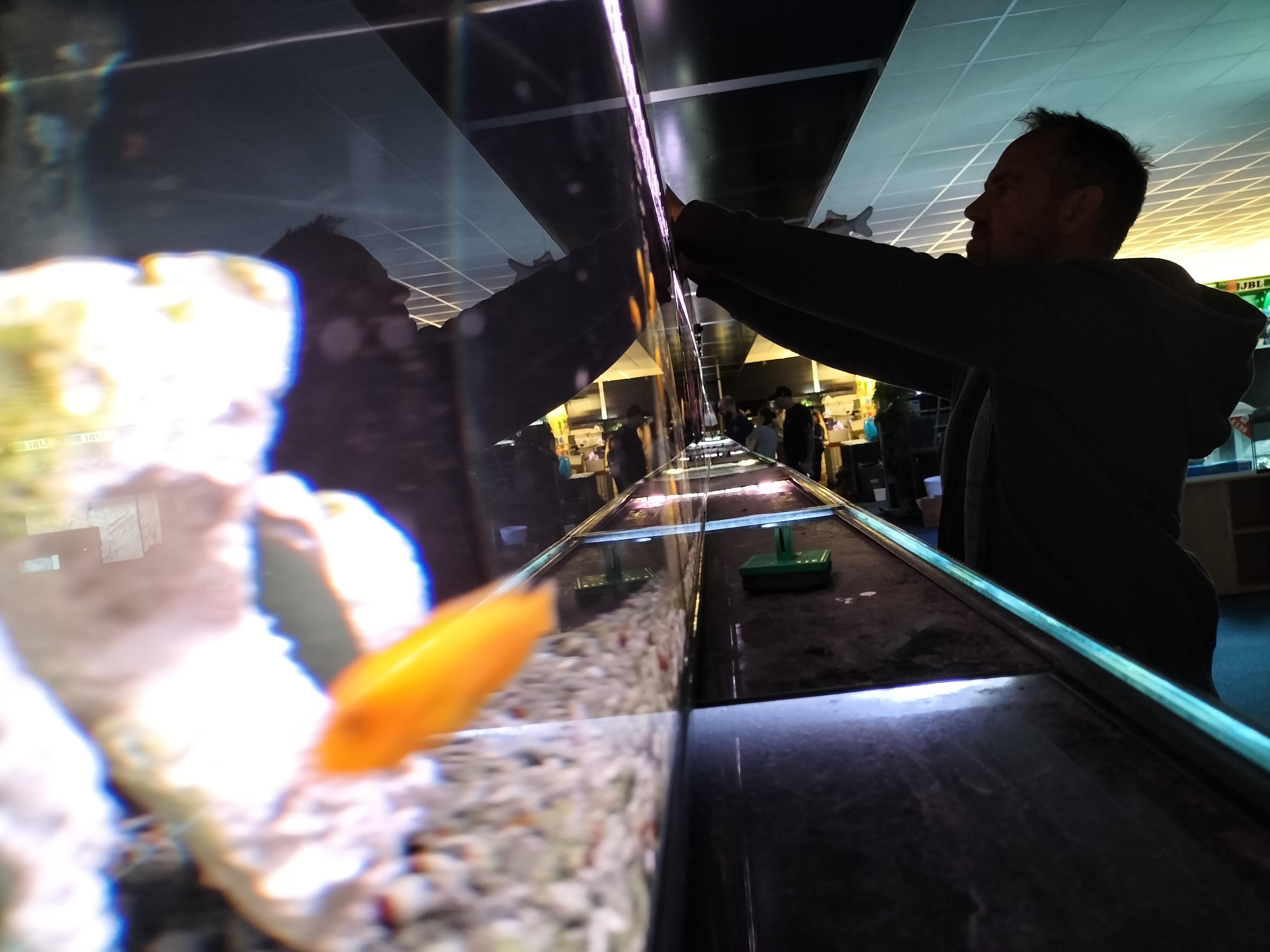
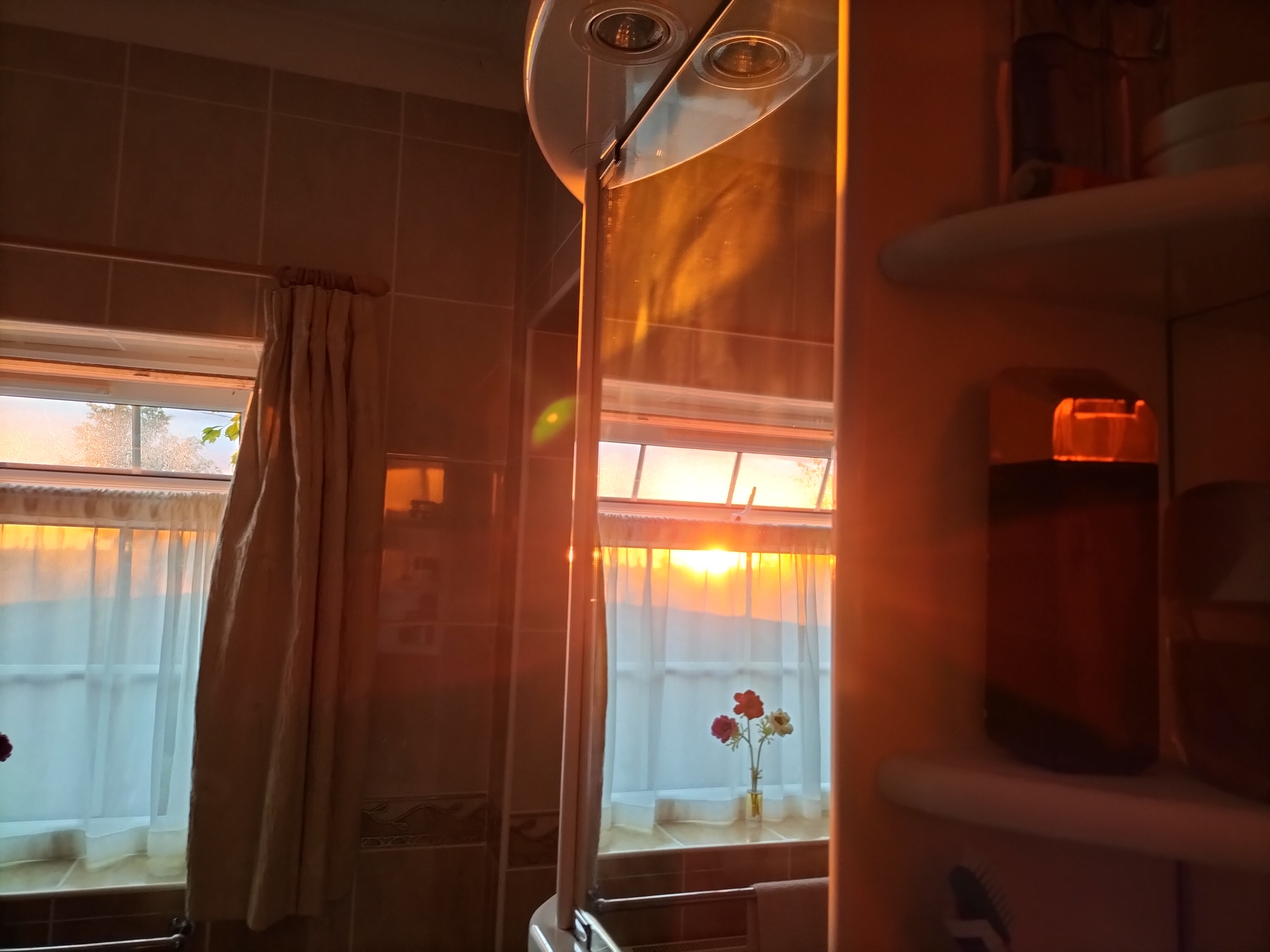
You must be logged in to post a comment.